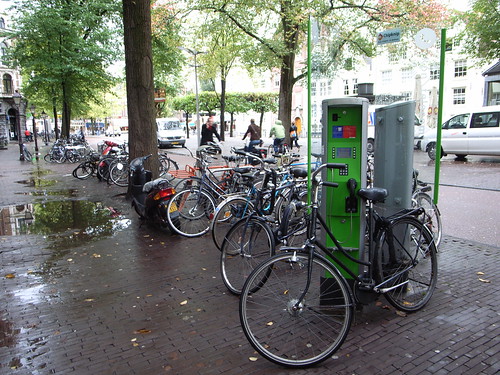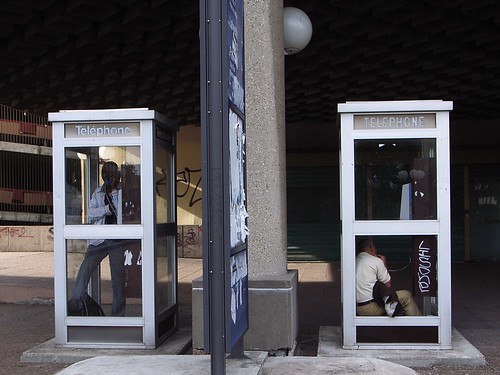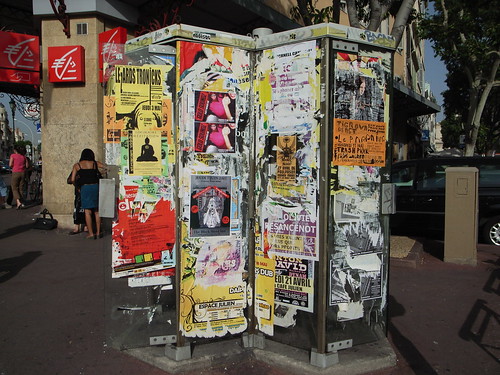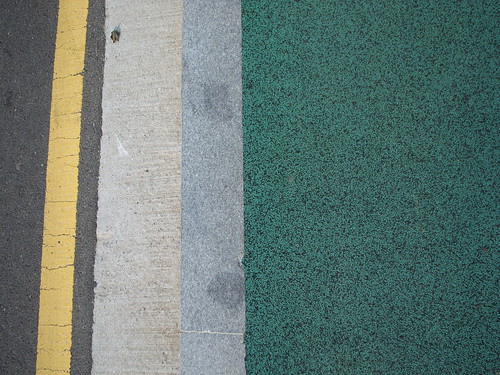In "Slumlords: Aerospace Power in Urban Fights", Troy S. Thomas (Aerospace Power Journal, 2002) describes the challenging environment of future conflicts: urban warfare. Although I am definitely not into military research, the article is interesting because of its representation of space. Some quotes I found interesting:
"Understanding the urban setting is tough, given the complex and diverse nature of the environment. We need a framework that embraces the diversity of cities but in a manner that has actionable, operational significance (...) The urban system is unique in that it consists of five dimensions or spaces. First, the airspace above the ground is usable to aircraft and aerial munitions. Second, the supersurface space consists of structures above the ground that can be used for movement, maneuver, cover and concealment, and firing positions. For airmen, the supersurface warrants special consideration since the enemy can locate weapons such as surface-to-air missiles or antiaircraft artillery there. Structures also channel or restrict movement at the surface. Third, the surface space consists of exterior areas at ground level, including streets, alleys, open lots, parks, and so forth. Fourth, the subsurface or subterranean level consists of subsystems such as sewers, utility structures, and subways. (...) The fifth domain is the information space. (...) Distinctions between modern and primitive cities are a function of three subsystems: physical, functional, and social. All can exist in the five urban spaces. The physical subsystem consists of man-made terrain. (...) The physical and functional character of the urban battle space is irrelevant without the human dimension- the social subsystem, which includes a wide range of variables, such as culture, demographics, religion, and history. (...) rapid urbanization in developing countries results in a battle-space environment that is decreasingly knowable since it is increasingly unplanned. "
Why do I blog this? militaries (airmen in this case) have warfare doctrines that they use to derive strategies and tactics. As a matter of fact, doctrines rely on a vision of the future the try to project. In this article, what is interesting is how they deal with a representation of the urban environments of the future. The quote I picked up are a bit limited compared to what is described in the document, but I found interesting to read about this categorization of space, quite different from the one we often read in anthropology or ubicomp research about space&place.






















 Photos of the sculpture installation on the Lower East Side by Brad Downey and Mike Wrobel (found on the Fecal Face website).
Photos of the sculpture installation on the Lower East Side by Brad Downey and Mike Wrobel (found on the Fecal Face website).